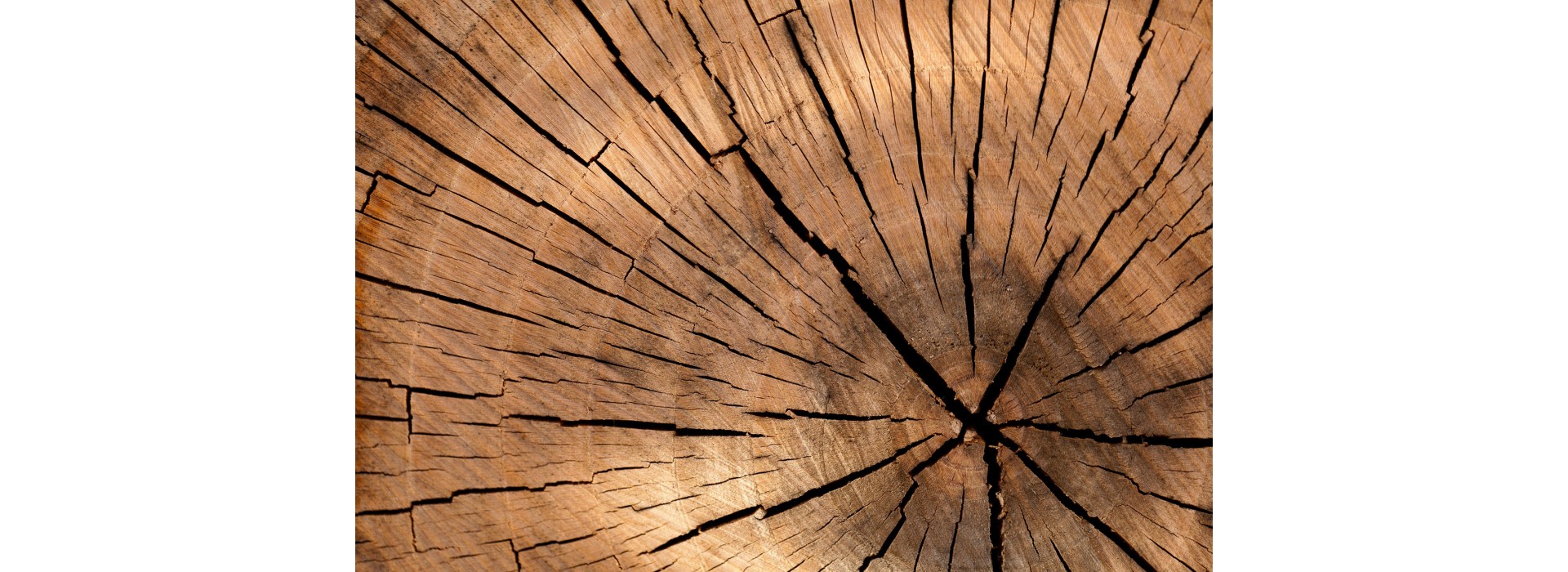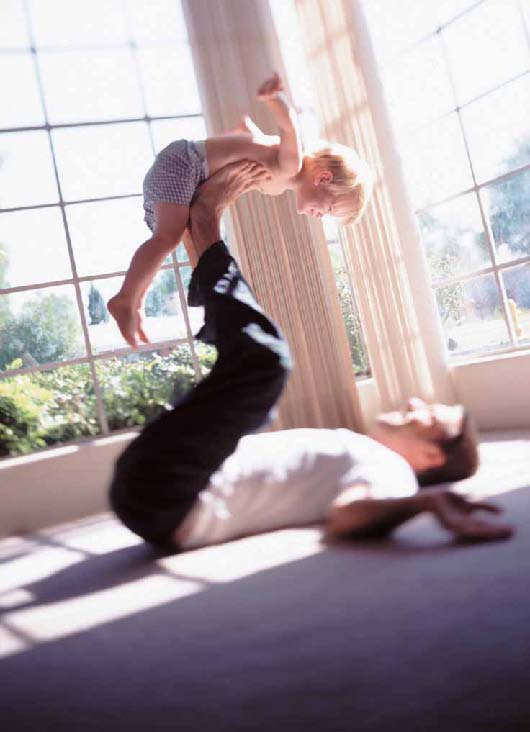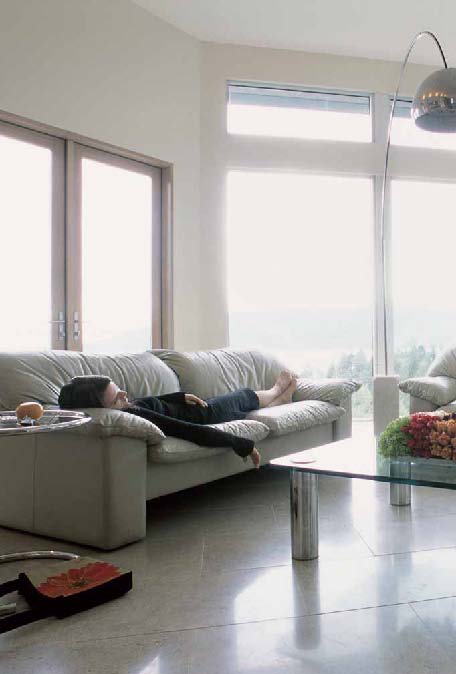
Choice of System
THE WOOD
Wood is the most commonly used material for the production of windows and frames in general: its thermal and acoustic insulation properties, mechanical strength, flexibility of use, variety of colours and types all make it an irreplaceable material that guarantees both durability and stability. Building with wood is good for the world we live in and it improves the quality of our lives because it contains no substances that are toxic or harmful to humans. It also requires little energy to produce, it is completely natural and therefore ecological (its production does not require the use of petroleum or its derivatives and needs only small quantities of electricity) and it is a renewable material.For its units, Danese does not just choose the finest types of wood, but selects them solely from suppliers committed to international reforestation programmes, thus replenishing and safeguarding the environment. All Danese frames are made of top-quality solid wood or laminates, all perfectly dried and inspected at source to ensure decades of use.
DANESE gives you a:
ISOLA68 - EKO92
Danese also offers a wood-aluminium window system, which eliminates the need for maintenance, since the outer facing is in aluminium, while maintaining all the beauty of wood on the inside. It is the ideal choice for windows on sides of the house that are most exposed to the weather and to the action of direct sunlight. The aluminium facing comes in a huge range of colours and finishes
DANESE gives you a:
DPLUS
THERMAL INSULATION
Windows play a fundamental role in terms of energy savings, for they can considerably reduce the dispersion of heat from a house.
Special new laws, D.L. 192 and 311, impose limits on thermal transmittance for windows and sealed glazing units in new buildings.
The thermal transmittance of a window (Uw) is an area-weighted average given by the glazing (Ug), by the wooden frame/leaf (Uf), and transmittance from the edges (Ψ). In the case of glass, Ψ depends on the type of grooving used (in traditional metal or in an insulating material. The transmittance of the glass (Ug) is normally provided by the glass manufacturer.
DANESE provides both dealers and end users with the necessary information for calculating the thermal transmittance values of all its windows, together with supplementary information for making technical product declarations.
We also help clients with regard to legal regulations for fiscal benefits that can be obtained when replacing windows.
DANESE gives you a:

SOUND INSULATION
Noise is a great problem of modern life. This is especially true in large cities, where traffic and greater demographic density lead to greater acoustic pollution, adversely affecting and causing physical and mental stress.
Italian regulations (D.P.C.M. 5/12/1997) require compliance with acoustic standards against excessive noise. The levels to be respected refer to the façade of the building, so no value is specifically attributed to the individual windows. When assessing the type of masonry and the dimensions of the openings with regard to the façade, the architect needs to design the window and ascertain that it complies with acoustic requirements.
Generally speaking, a 38 dB window is sufficient to obtain the 40 dB at the façade required by law for residential buildings. Even so, much depends on the way the window is mounted and on the presence of roller-blind boxes, which may have a negative effect on the acoustic performance certified in the laboratory for each individual item.
The noise-abatement power of a glass window is indicated in terms of decibels, so those with the highest coefficient are the best. Single glazing is not compliant with current regulations, which is why higher-performance solutions are used: double glazing, low-emission double glazing, triple glazing, low-emission triple glazing, and special multi-layer glass with a high level of noise abatement.
DANESE gives you a:
ISOLA68 -DPLUS- EKO92
